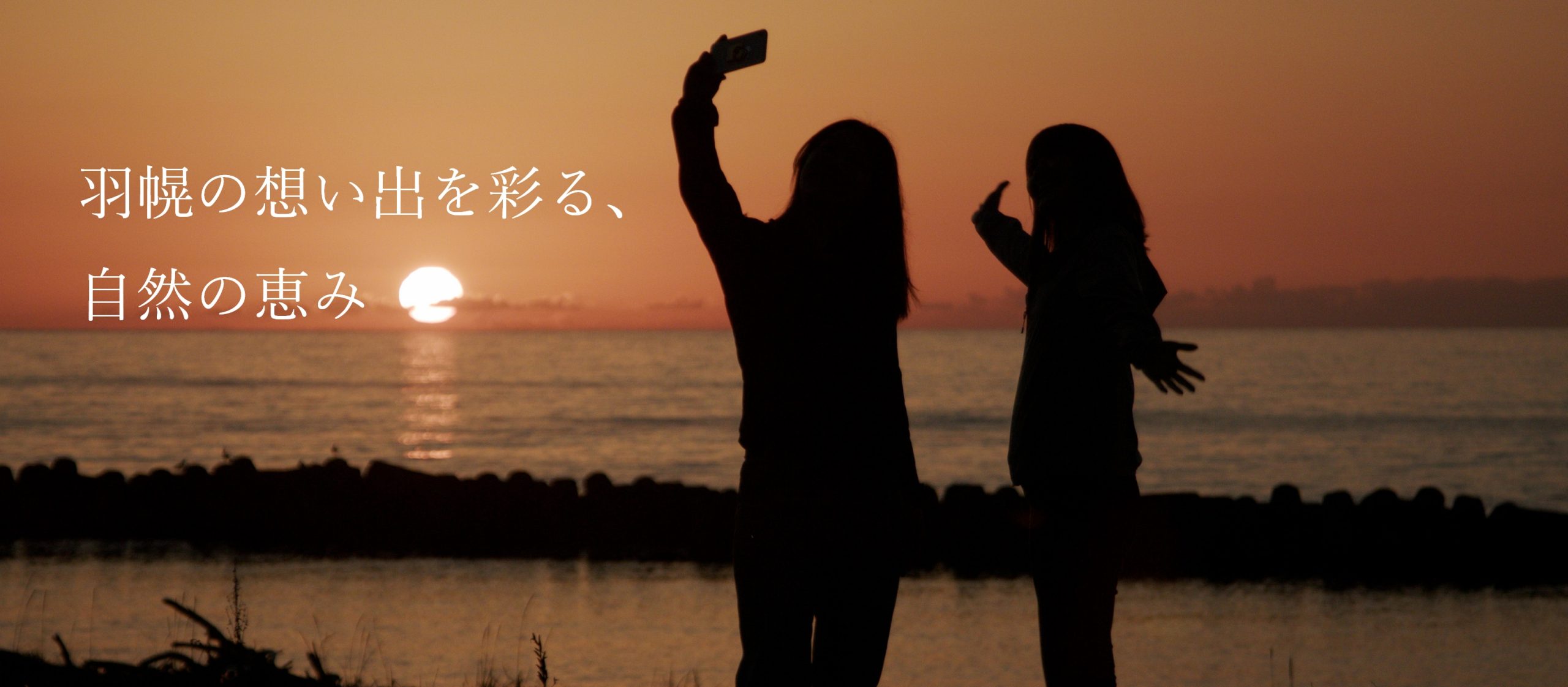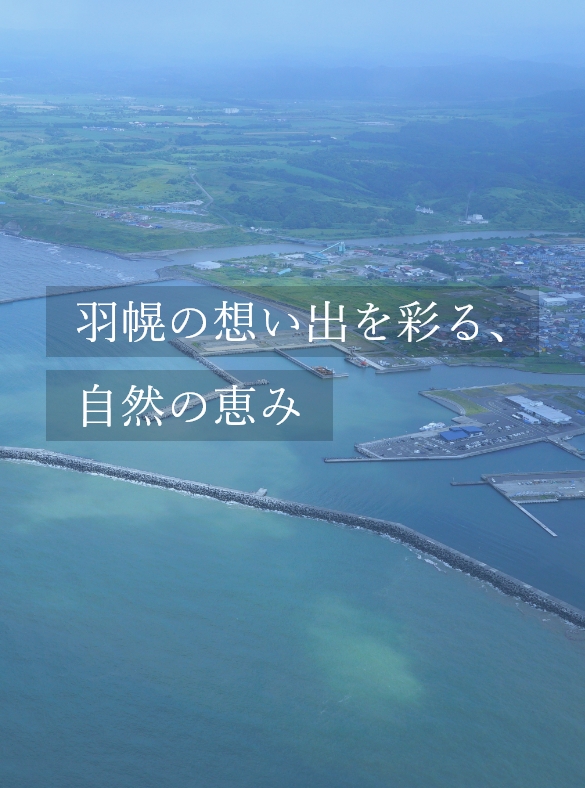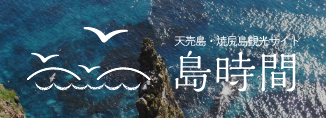お知らせ・イベント情報
- ALL
- お知らせ
- イベント
- 店舗・施設
- イベント 2024.04.07
- 美味しい羽幌グルメフォトコンテスト開催!
- イベント 2024.04.06
- ぶらり天売島・焼尻島フォトコンテスト開催!
- 店舗・施設 2024.04.04
- 食事の店いずみ 休業のお知らせ
- お知らせ 2024.03.24
- 羽幌町観光協会ホームページの更新について
- イベント 2024.04.07
- 美味しい羽幌グルメフォトコンテスト開催!
- イベント 2024.04.06
- ぶらり天売島・焼尻島フォトコンテスト開催!
- イベント 2024.04.03
- はぼろ甘えびまつり開催中止のお知らせ
- 店舗・施設 2024.04.04
- 食事の店いずみ 休業のお知らせ
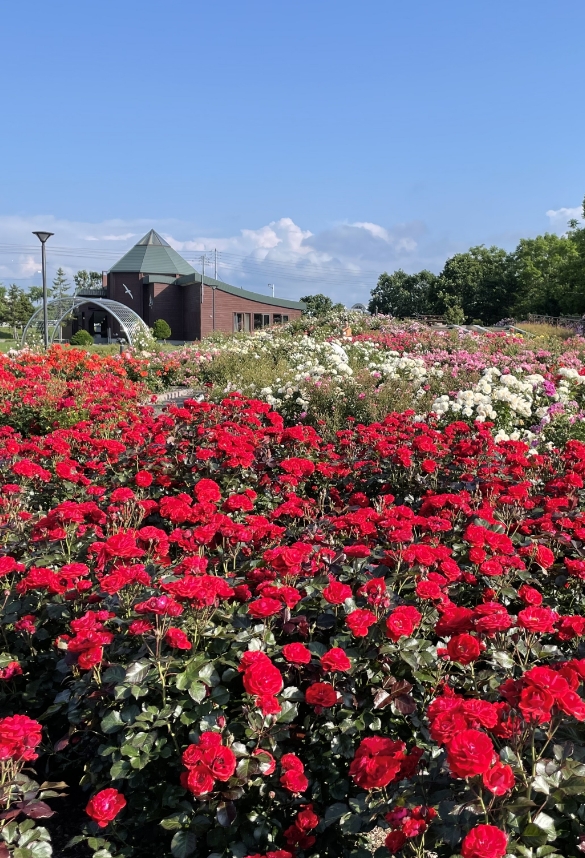
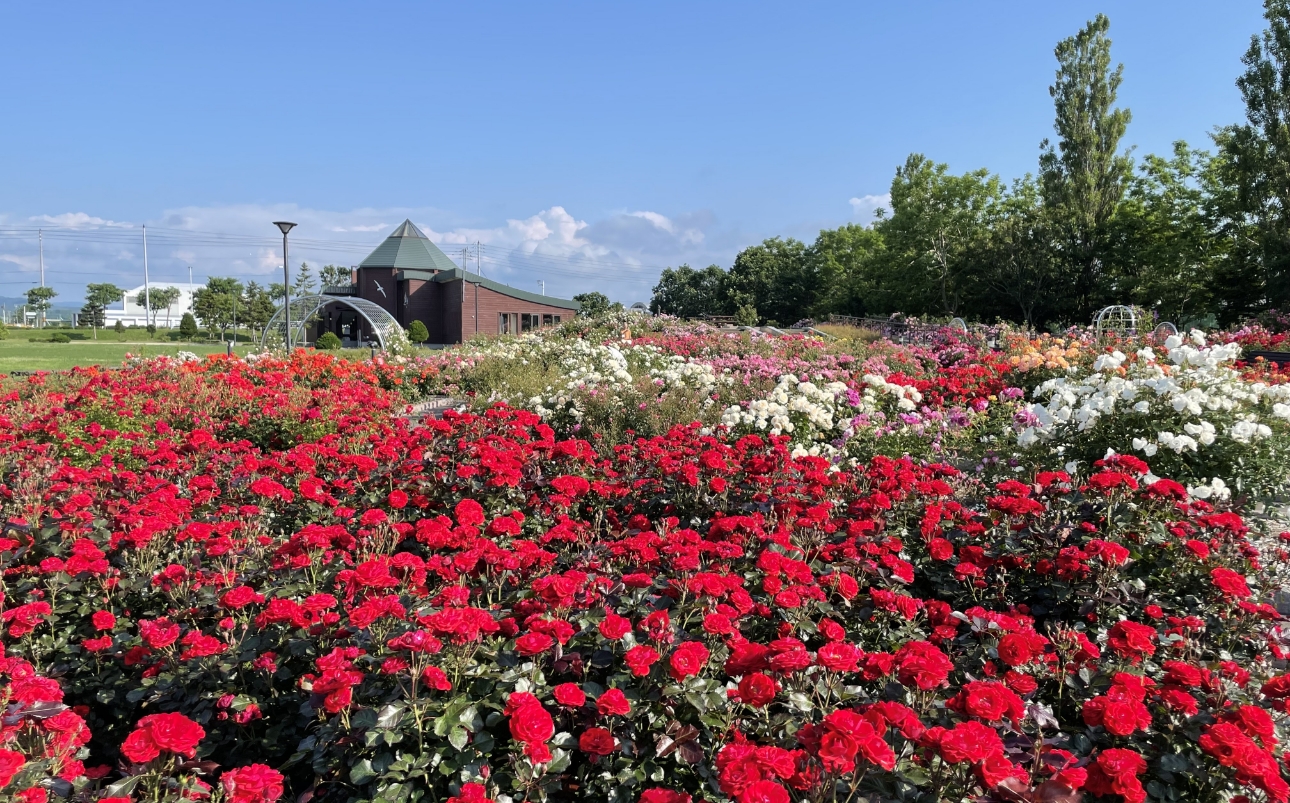

羽幌町(はぼろちょう)
四季折々に豊かな風景を織りなす
日本海オロロンライン
北海道最北の稚内から南へ130km、札幌市から北へ180km離れた日本海沿岸の国道232号(日本海オロロンライン)に位置する羽幌町。シベリアから吹き付ける季節風の影響で、通年、風の強い日が多い地域です。日本海の荒々しくも壮大な風景や渡り鳥の訪れ、そして食の恵みを通して、四季折々の自然や人々が築いてきた暮らし・文化に地域の魅力があります。
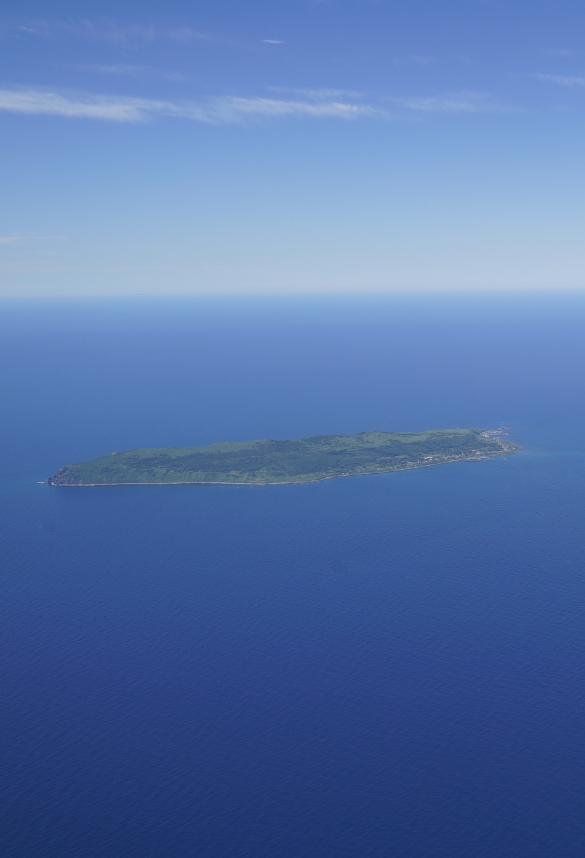
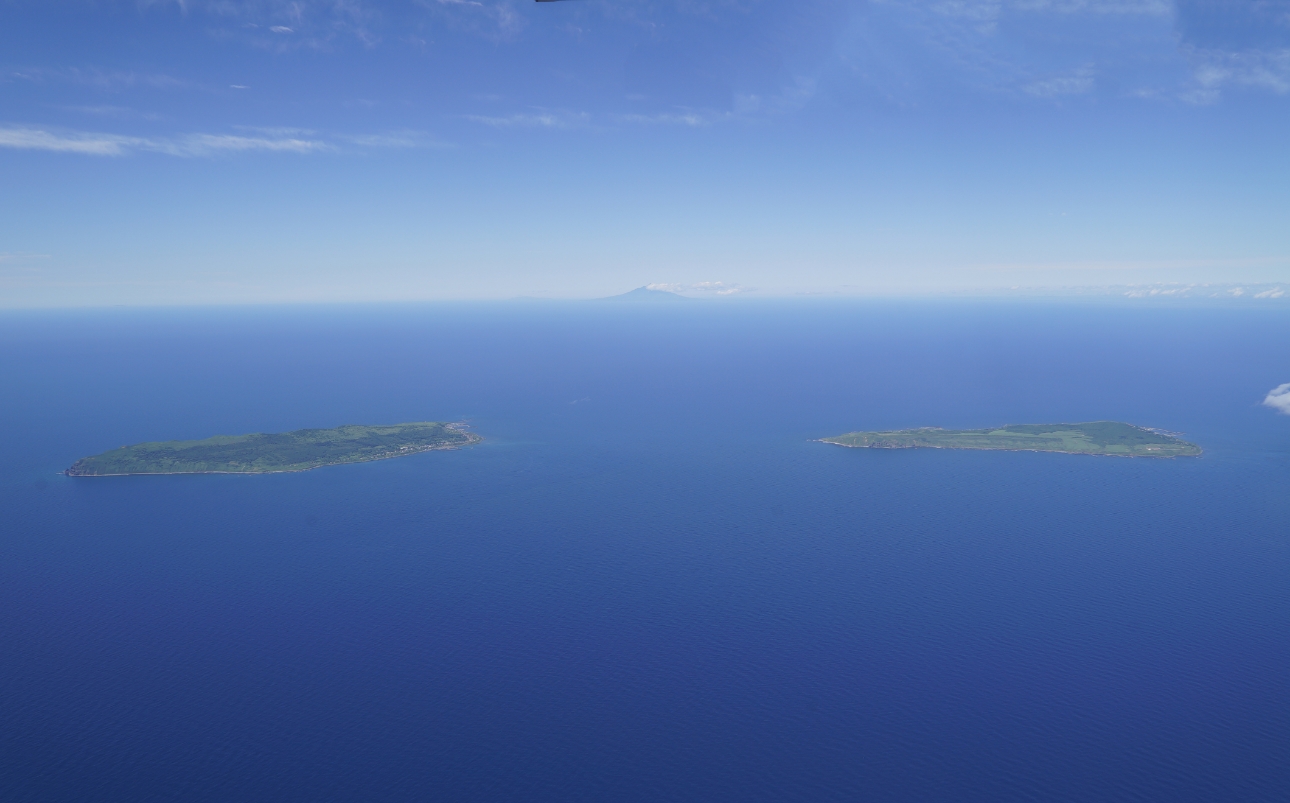

天売島・焼尻島
(てうりとう・やぎしりとう)
(てうりとう・やぎしりとう)
大自然の造形がもたらす、
きっと見た事のない景色
羽幌港から西北西へ約25km離れた沖合に浮かぶ天売島・焼尻島。 天売島は、絶滅危惧種のオロロン鳥などの海鳥が繁殖に訪れる「海鳥の楽園」です。海鳥と人間が共存する世界的にも貴重な自然環境を有する共生の島です。 焼尻島は、島の1/3が原生の森。高山植物や原生花が咲き競い、多くの野鳥が遊び羽根を休めます。森を抜けると、羊がいる牧草地帯が広がります。
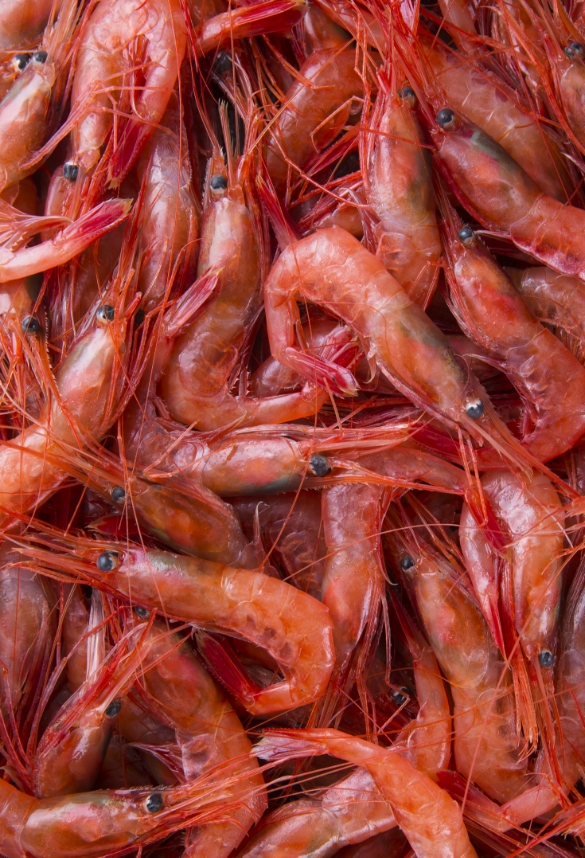
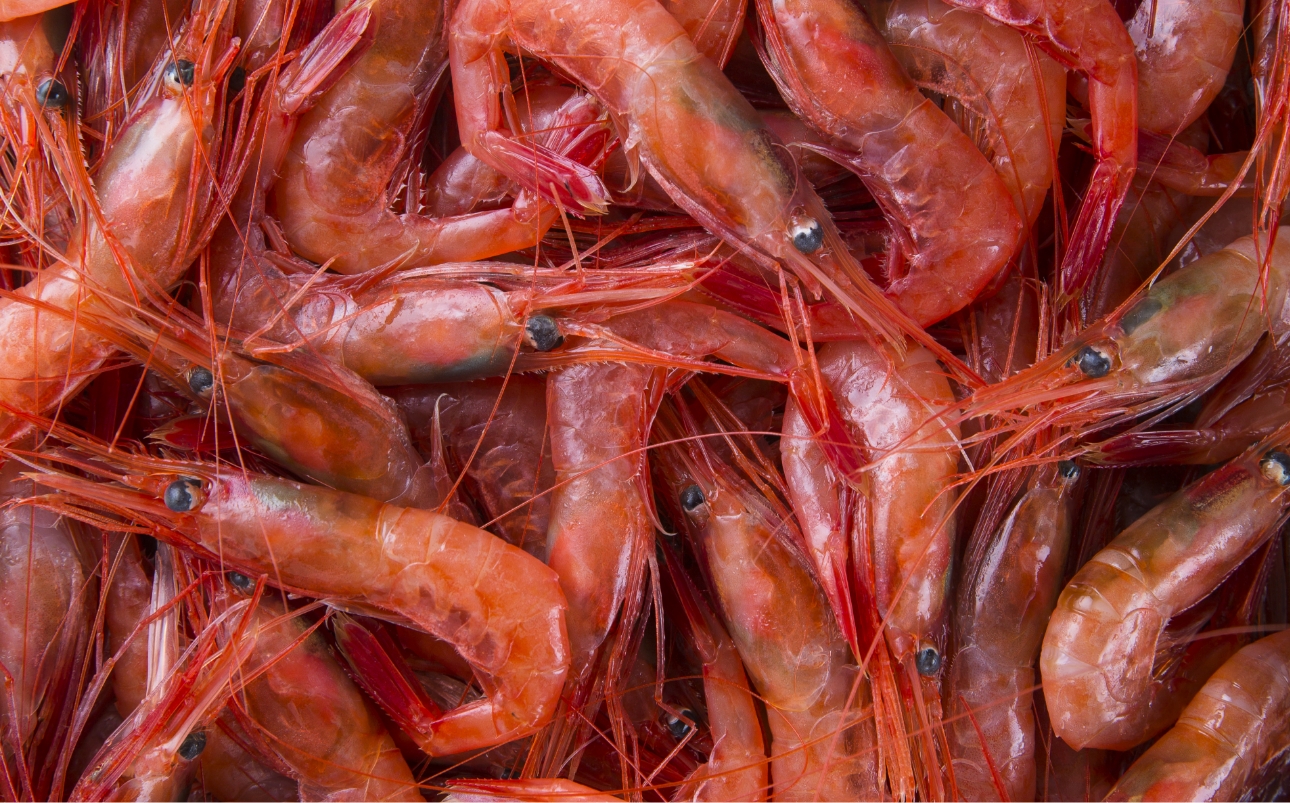

はぼろのグルメ
北の日本海沿岸の食の恵み
北海道の日本海は、対馬暖流が沿岸に沿って流れています。 この海域が誇る最高の漁場が利尻島沖から苫前沖まで分布し、北の日本海において最大にして最高の漁場といわれている武蔵堆です。日本有数の漁獲量の甘エビや沿岸域では、季節で異なる魚介が水揚げされます。 羽幌町は、うるち米が育つ北限の地。「ゆめぴりか」「ななつぼし」は、高品質の評価を獲得しています。
